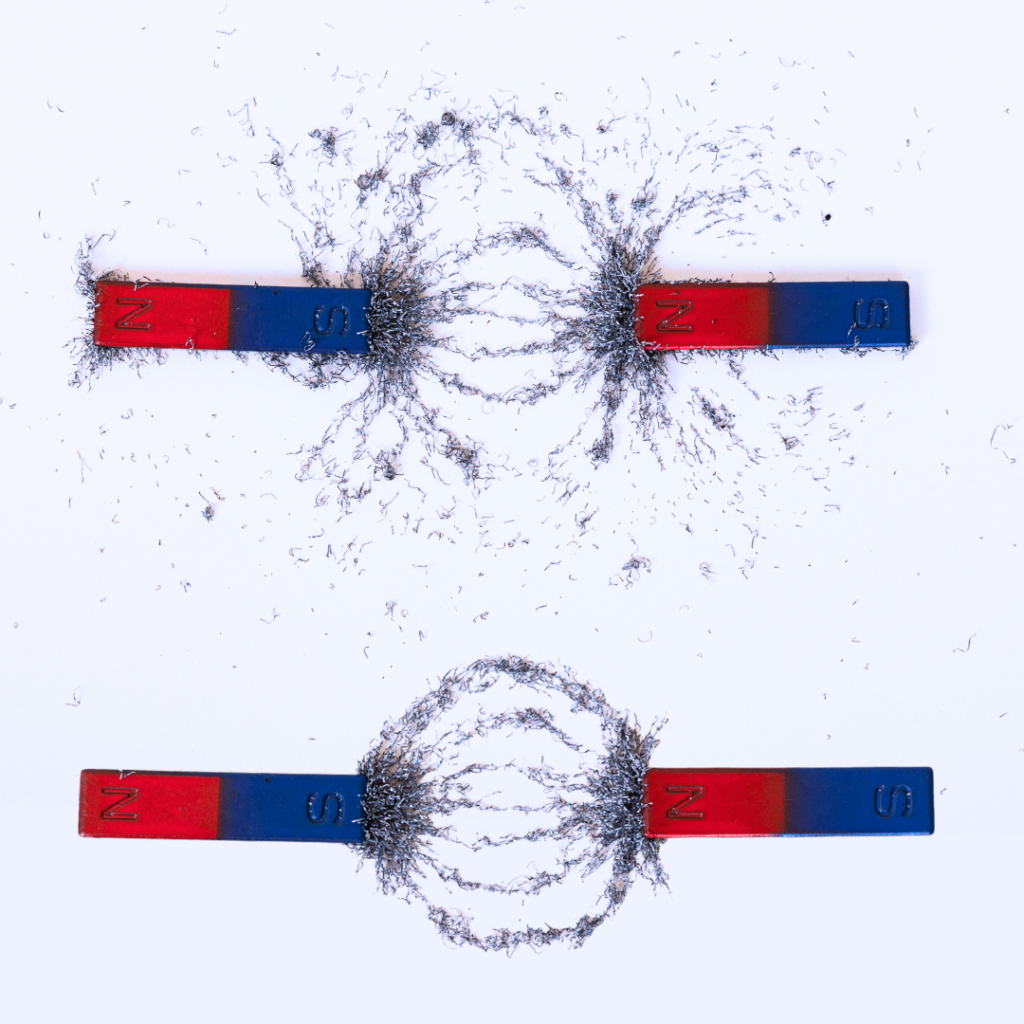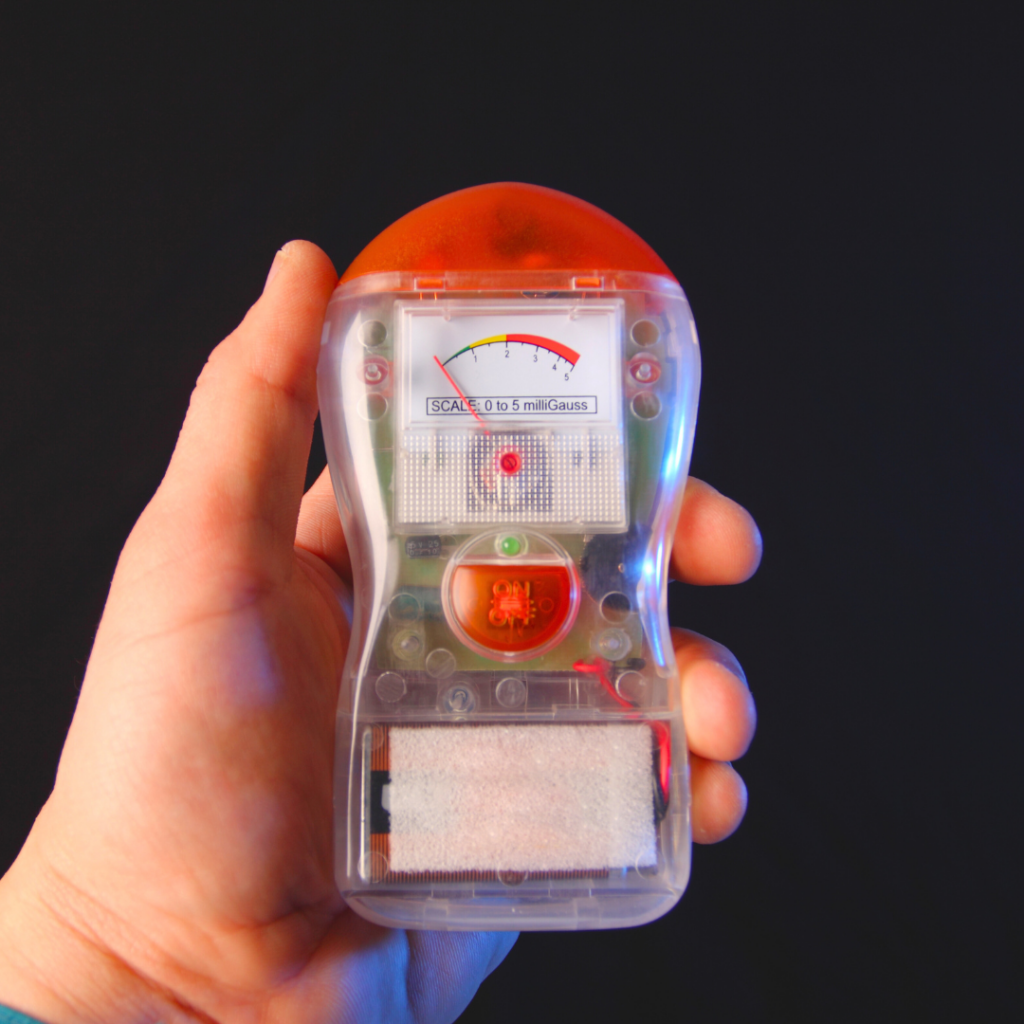Methods for Visualizing the Magnetic Field Surrounding a Bar Magnet
Magnetic fields, though imperceptible to the human eye, exert significant influence on charged particles and magnetic materials. One of the most straightforward methods for examining this phenomenon involves observing the magnetic field surrounding a bar magnet. However, how can this invisible force be effectively visualized? This article explores various methodologies employed to delineate and analyze the magnetic field of a bar magnet.
1. Utilizing Iron Filings
Iron filings provide a traditional yet effective means of revealing magnetic field structures. The following steps outline their use:
- Position a sheet of paper or a plastic sheet over the bar magnet.
- Evenly distribute iron filings onto the surface.
- Gently tap the sheet to facilitate alignment of the filings along the magnetic field lines.
The iron filings will naturally orient themselves in patterns that render the otherwise invisible magnetic field visible, demonstrating the directional flow from the north to the south pole.

2. Employing a Magnetic Compass

A magnetic compass offers a practical approach for mapping a magnetic field. As the compass needle aligns itself with the ambient magnetic field, it can be used to trace the field lines accurately:
- Place the bar magnet on a stable surface.
- Position the compass at various locations around the magnet.
- Document the direction in which the needle points at each position to construct a field line representation.
This method provides an interactive and precise means of visualizing the distribution of the magnetic field in different regions.
3. Magnetic Field Sensors and Mobile Applications
Advancements in technology have facilitated digital visualization of magnetic fields. Hall effect sensors are capable of measuring both the strength and direction of a magnetic field. Additionally, most modern smartphones are equipped with magnetometers, which can be utilized through specialized applications to assess and analyze magnetic fields.
To employ a mobile application for this purpose:
- Download and install a suitable magnetic field sensor application.
- Move the smartphone around the bar magnet to obtain field strength readings.
- Record and analyze the collected data to generate a digital representation of the magnetic field.

4. Using Ferrofluid

Ferrofluid, a liquid containing ferromagnetic particles, offers a unique and visually striking means of demonstrating magnetic field interactions. When exposed to a magnetic field, the ferrofluid forms peaks and valleys that correspond to the magnetic field lines. While this method does not provide numerical precision, it effectively illustrates the dynamic nature of magnetic interactions.
5. Magnetic Field Simulation Software
For a more computational approach, specialized simulation software such as MATLAB, COMSOL Multiphysics, and various online tools allow for accurate modeling and visualization of magnetic fields based on mathematical calculations.

Frequently Asked Questions
Q: What methods can be utilized to visualize the magnetic field surrounding a bar magnet? A: Several approaches are available, including the use of iron filings, magnetic compasses, digital magnetic sensors, ferrofluid, and computational simulations.
Q: What is the term for the process by which magnetic materials become magnetized within a magnetic field? A: Magnetic induction.
Q: What shape does the magnetic field assume around a current-carrying conductor? A: Concentric circular field lines surrounding the wire.
Q: How does the intensity of the magnetic field change with increasing distance from a magnet? A: The magnetic field weakens as distance from the source increases.
Q: What is the phenomenon wherein electricity is generated in a conductor moving through a magnetic field? A: Electromagnetic induction.
Q: How does the introduction of an iron core affect the magnetic field strength of a solenoid? A: The presence of an iron core amplifies the magnetic field strength.
Q: In which direction do magnetic field lines travel within a magnet? A: Magnetic field lines extend from the north pole to the south pole externally.
Q: How is a magnetic field defined? A: A magnetic field is a region in which magnetic forces act upon magnetic materials and charged particles.
Q: When is the Earth’s magnetic field expected to undergo a reversal? A: The precise timing remains uncertain, though scientific estimates suggest it may occur within the next several thousand years.
Q: A magnetic field is __________ at one end of a bar magnet. A: Strongest.
Q: What is a uniform magnetic field? A: A magnetic field characterized by consistent strength and direction throughout a given space.
Q: In which region is the magnetic field strongest around a current-carrying wire? A: The field is strongest in proximity to the wire.
Q: A wire exhibits a magnetic field when __________ flows through it. A: Electric current.
Q: Does Mars possess a global magnetic field? A: While Mars retains localized magnetic fields, it lacks a coherent global magnetic field akin to that of Earth.
Q: What is the right-hand rule in the context of magnetic fields? A: A mnemonic used to determine the direction of the magnetic field surrounding a current-carrying conductor.
Q: What is the standard unit of measurement for magnetic field strength? A: Tesla (T).
Conclusion
From classical methods such as iron filings to advanced digital tools and computational simulations, there exist numerous techniques for visualizing and analyzing the magnetic field surrounding a bar magnet. Whether through empirical experimentation or theoretical modeling, each approach offers valuable insights into the properties and behavior of magnetic fields. Exploring these methods facilitates a deeper understanding of magnetism and its applications in scientific and technological domains.